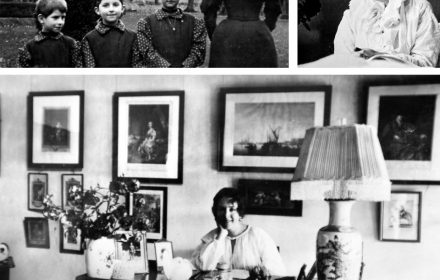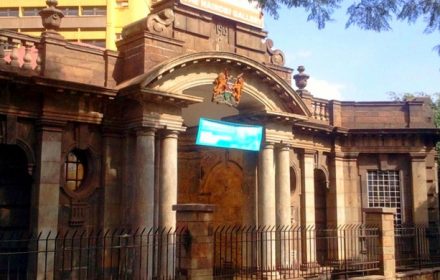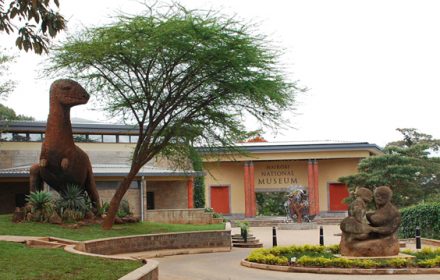Into the world of a museum building enters the artifacts, history, and culture. It educates the public, and fosteres community engagement. From art to history, science to technology, museums offer a unique window into the past and present, making them invaluable resources for both individuals and society as a whole.
Museum
Some things in life are free. Mother Nature is one of them. There is something in nature that does wonders to our souls, minds, and bodies. It is our responsibility to take advantage of the beauty around us for the greater good. And watch the magical power of nature unfold before you as you experience life day by day. Take a much-deserved break and make a trip to Hell’s Gate National Park. Why is Hell’s Gate National Park a highly recommended place for an occasional visit? It is because of the natural beauty. Why is nature important? Here is why.
Museum Entry fees And Game Parks Entrance Charges in Kenya
Visits to the Sheldrick elephant orphanage are allowed for an hour from 11 am to 12 pm when they bring the youngest nursery inmates to a cordoned area for their exercise and daily mud bath. There they bottle-feed the hungry infants. Visitors are free to watch, get close or even touch them but not allowed to feed the animals. The keepers tell stories to the visitors about how the elephants are faring and how the former orphans are progressing. After that, the animals return to the entrance. Visitors are allowed to adopt elephants for a fee of $50/- a year.
The giraffes wander around at the Manor as they please. They casually visit it in the mornings and late afternoons to greet the guests. Although still wild animals, the giraffes at the Manor have become accustomed to seeing residents and guests. Hence, they are semi-habituated. Animal lovers will enjoy interacting with the friendly giraffes. Giraffes come to the breakfast table checking out what’s on the plates or vie for attention at the room windows. In the hope of a treat, they stick their long necks into the windows. Visitors find it amusing to hand-feed them who come to the veranda.
Nairobi National Park was the first game reserve in Kenya. It is the only wildlife park in the world that is closest to a city. The park is 6 miles from Nairobi. Set on the southern outskirts of Nairobi, it has 117 square kilometers of pristine savanna, grasslands, forests, wetlands and rocky valleys. The park offers the country’s most accessible and incongruous safari experience. This green city in the sun is a real contrast to the buzz of the city. Nairobi National Park is a short drive out of the Central Business District. Also, Nairobi travel companies offer half-day safaris.
Bomas of Kenya is Kenya in miniature representing the country on a small scale. While for foreigners, Bomas of Kenya consist of traditional virtual villages and mud huts spread over many acres each representing the remote communities of the country, for residents, it is a spectacular afternoon out. Hence, it is a very popular tourist attraction for foreigners and locals alike. In 2003, the Bomas of Kenya hosted the National Constitutional Conference’s first meeting. It produced the Bomas Draft of the new constitution making it a high-profile historical site. Bomas of Kenya is situated 10km from the city of Nairobi.
In 1962, Karen Blixen died of malnutrition at the age of 77 in Rungsted, her family estate. Many languages still publish her books even after her death. But the world best knows her as the author of Out of Africa. In one of the former homes in Karen, the suburb where she lived in Nairobi, Kenya, is a Karen Blixen Coffeehouse as well as a Museum. Karen Blixen Museum in Karen is the site of the original farmhouse of Karen Blixen. The Museum is half a mile from the Karen Country Club where guests can enjoy squash, tennis, and golfing.
The building that today houses Nairobi Gallery was constructed in 1913. The location was Point Zero. The colonial government measured the distances to all areas of the country from this point. Point Zero is an octagonal atrium in the center of the gallery. A Clay Vessel by Lady Magdalene Odundo graces the entrance of the building. Lady Odundo was a renowned Kenyan ceramist. For her works, she received from the Queen of England the distinction of OBE and the only Kenyan to have received it. Today a gourmet café by the same name is an exciting item of the Gallery.
In 1910, some naturalists and colonial settlers instigated Nairobi National Museum to keep their collections of various specimens. The first site soon became too small. Hence a bigger building was constructed in 1922 which is today the Serena Hotel. In 1929, the then government set aside land for the construction of a museum at Museum Hill. The 22nd of September 1930 saw the opening of the museum. In honor of the former Governor of Kenya, Sir Robert Coryndon, they named it Coryndon Museum. But they renamed it on the attainment of independence in 1963 as the National Museum of Kenya.

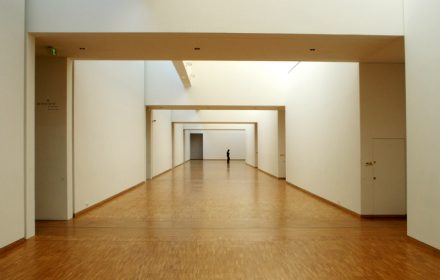
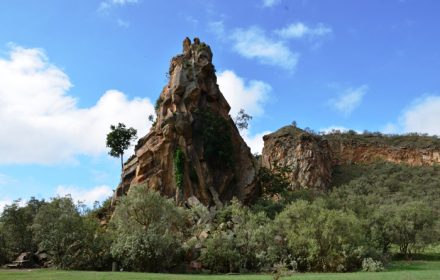
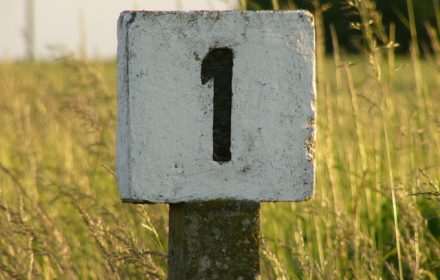
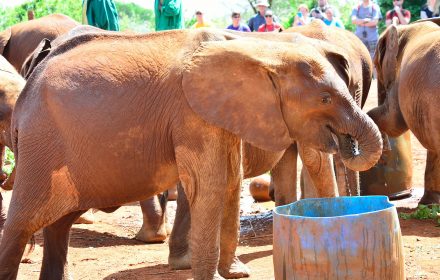
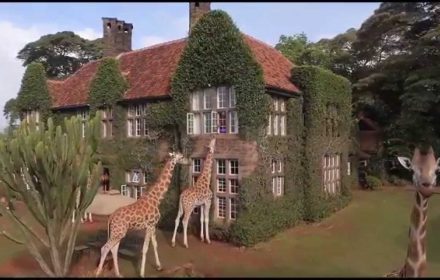
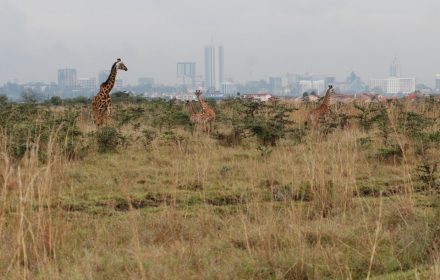
![B[/su_dropcap]omas of Kenya is Kenya in miniature representing the country on a small scale](https://www.safari-center.com/wp-content/uploads/2017/03/Bomas-of-Kenya-440x280.jpg)
